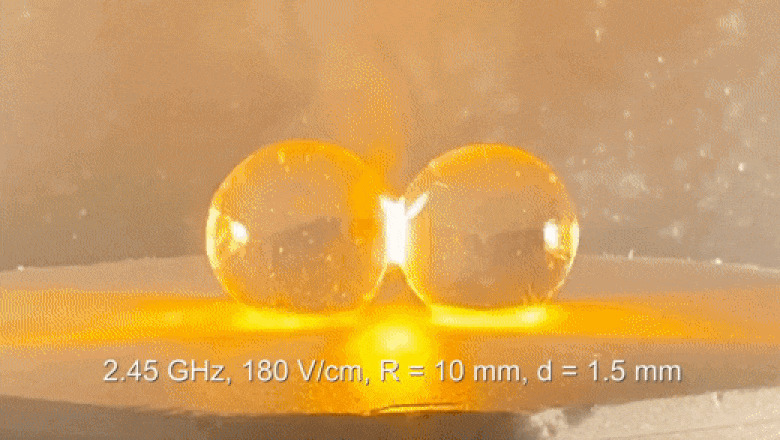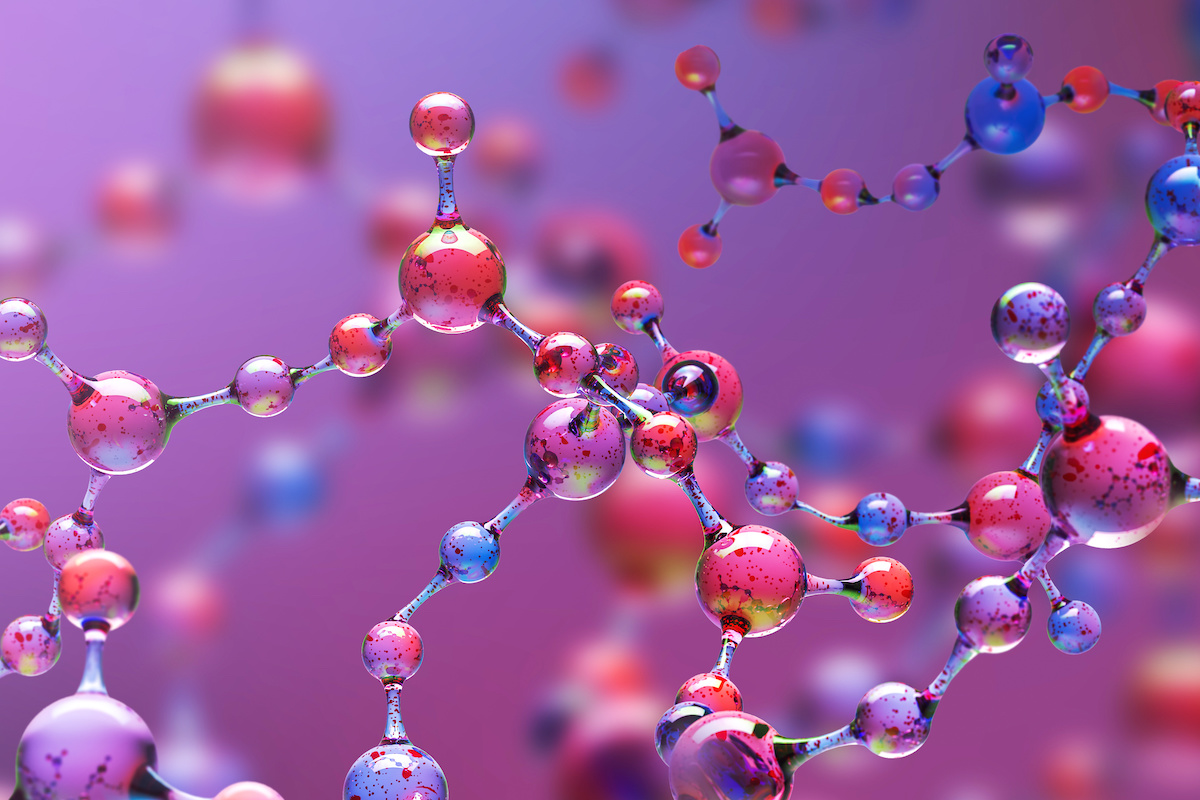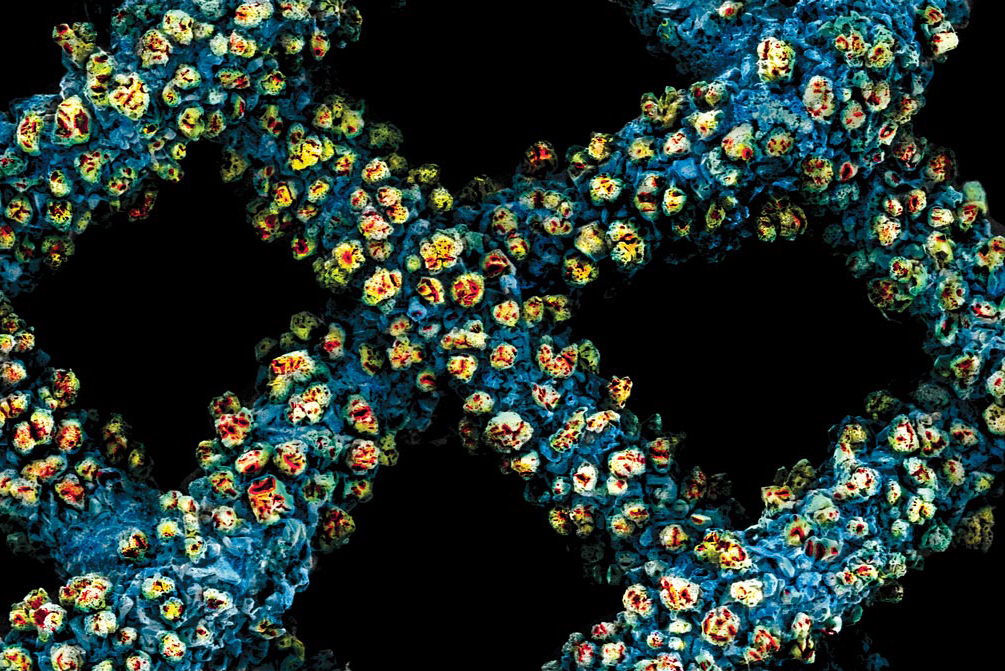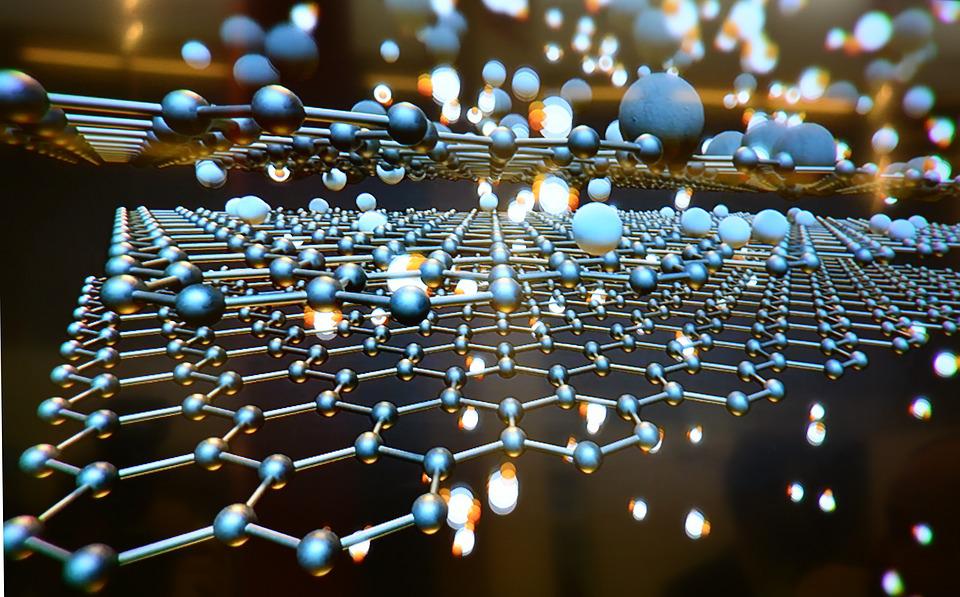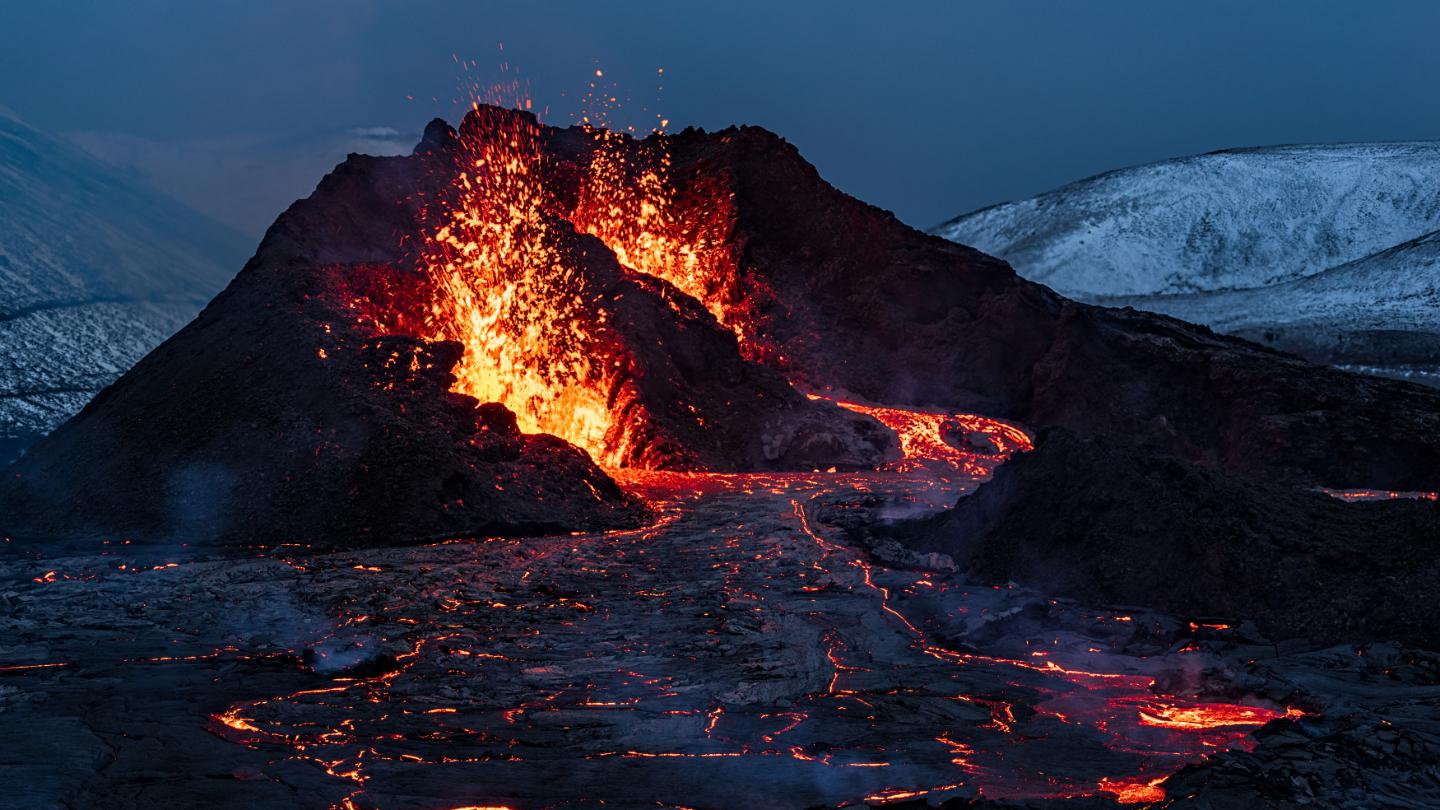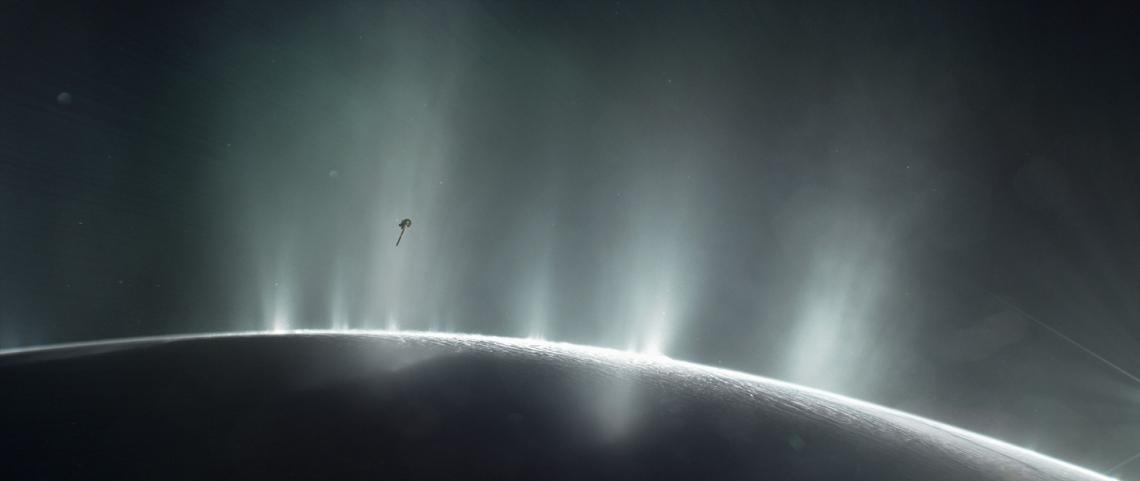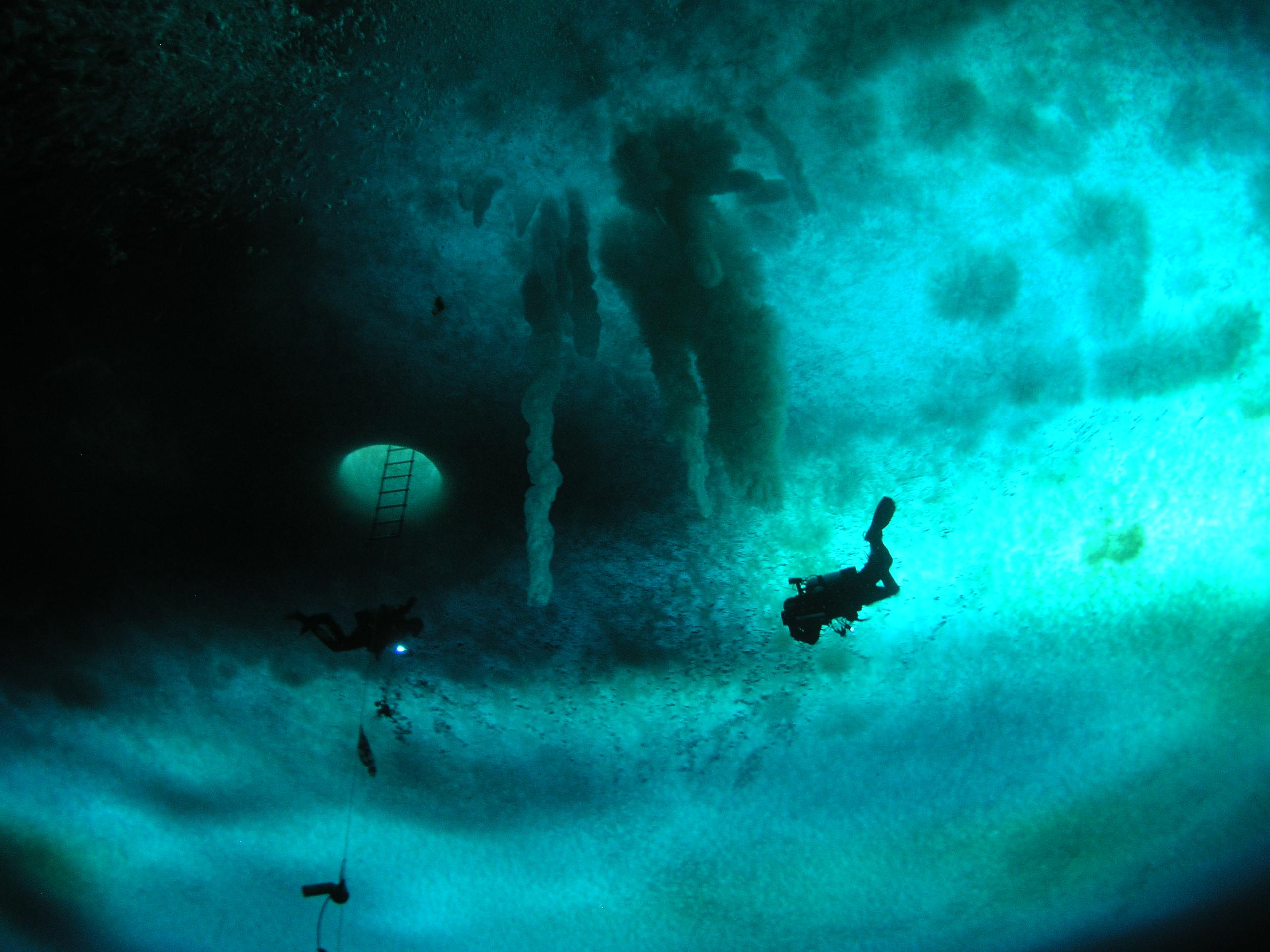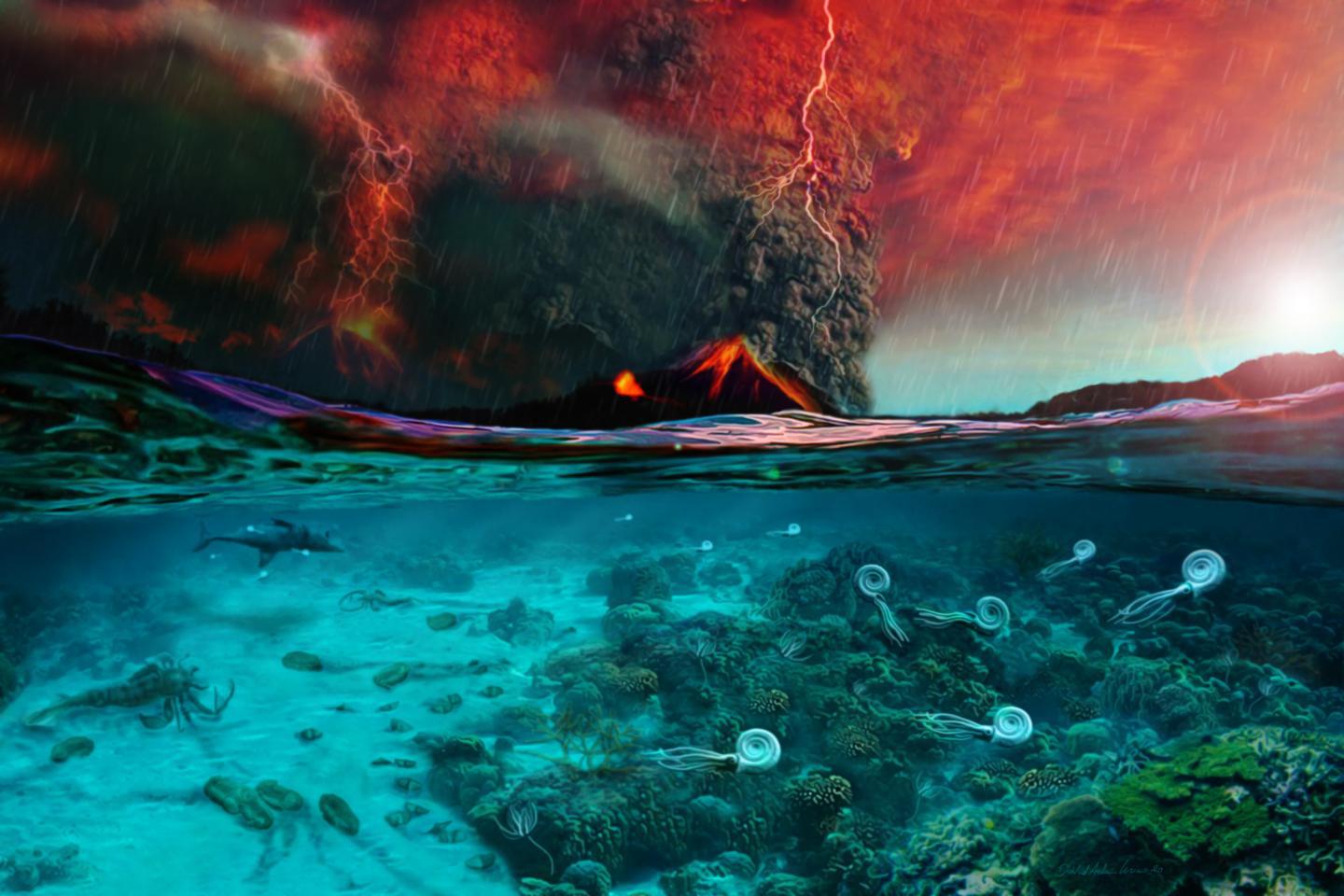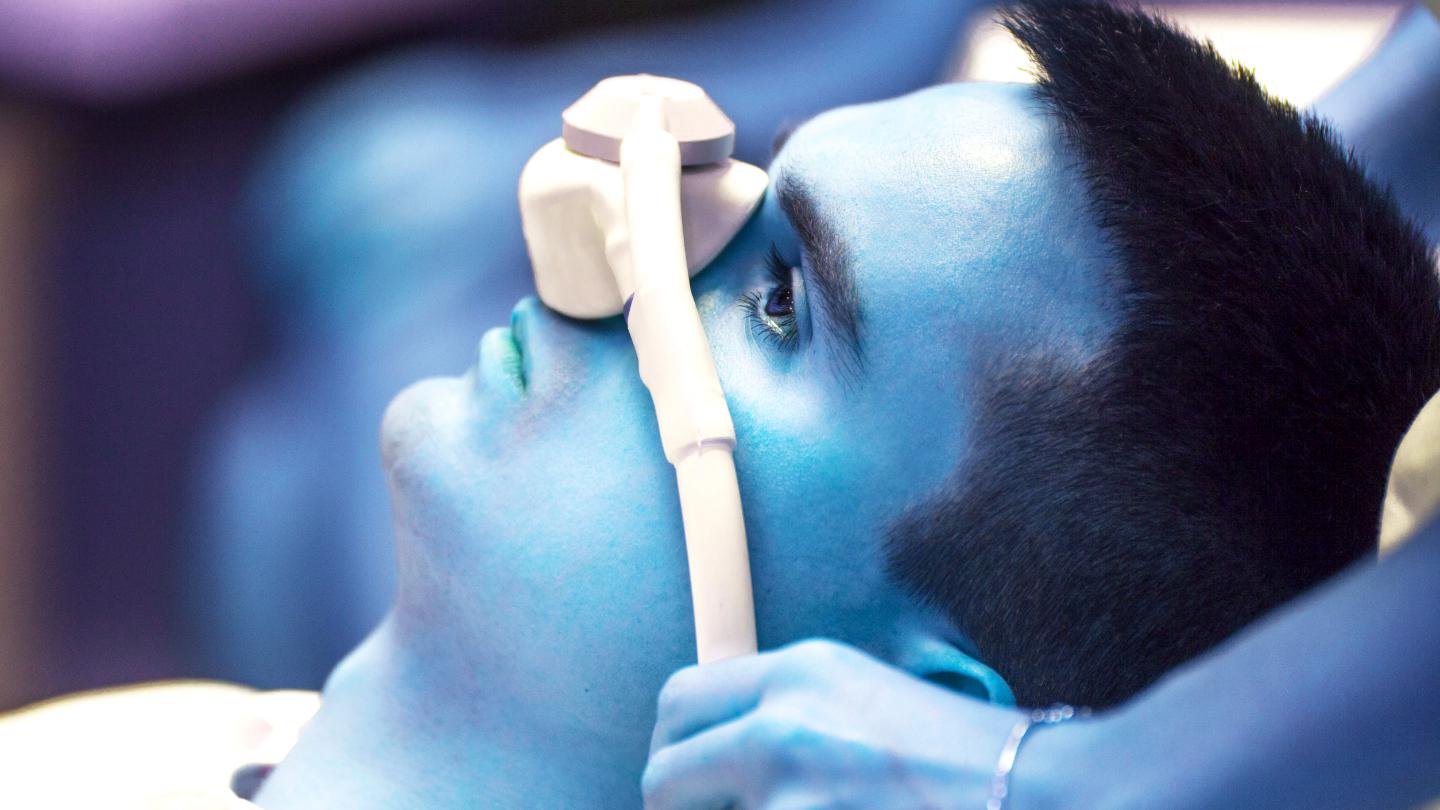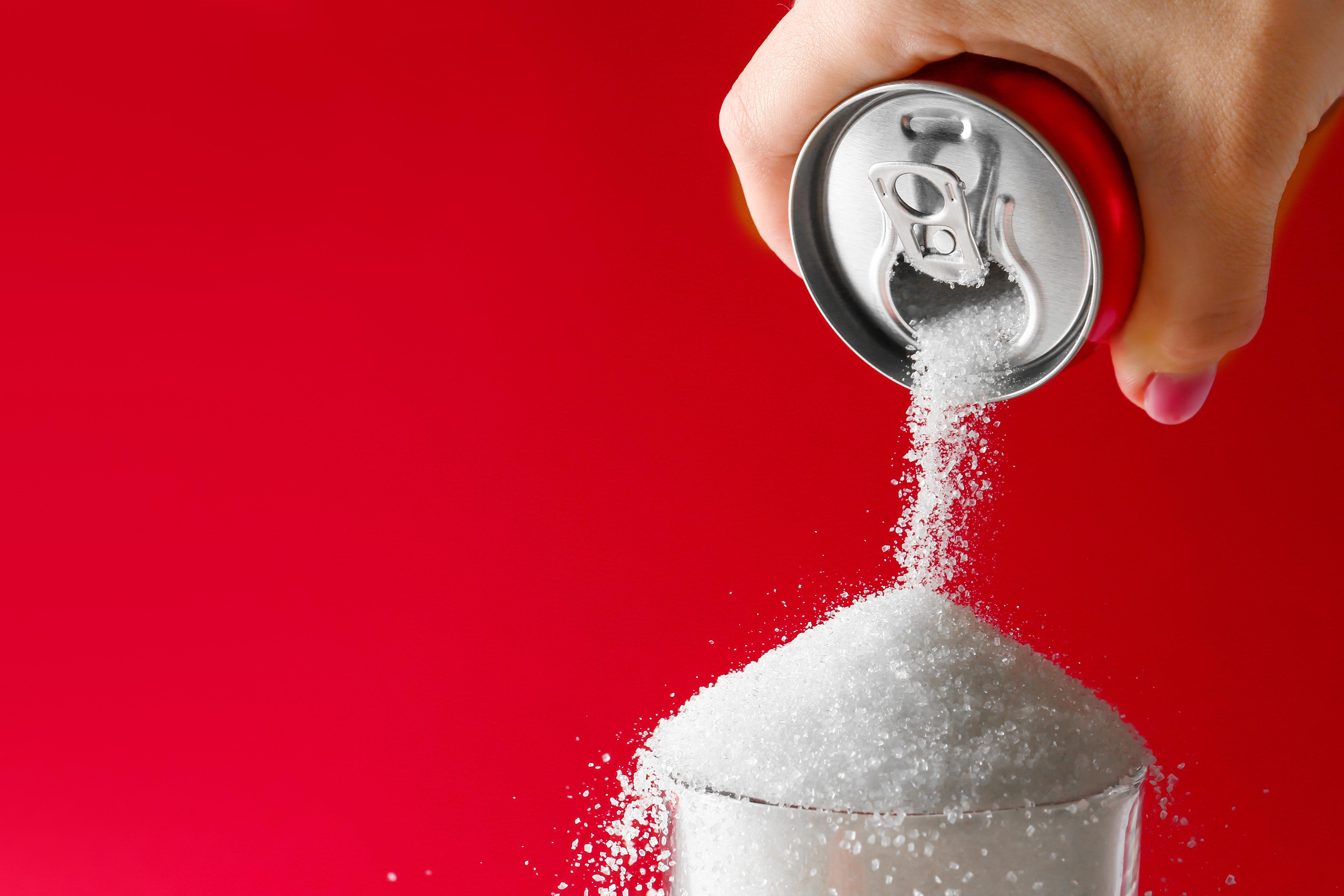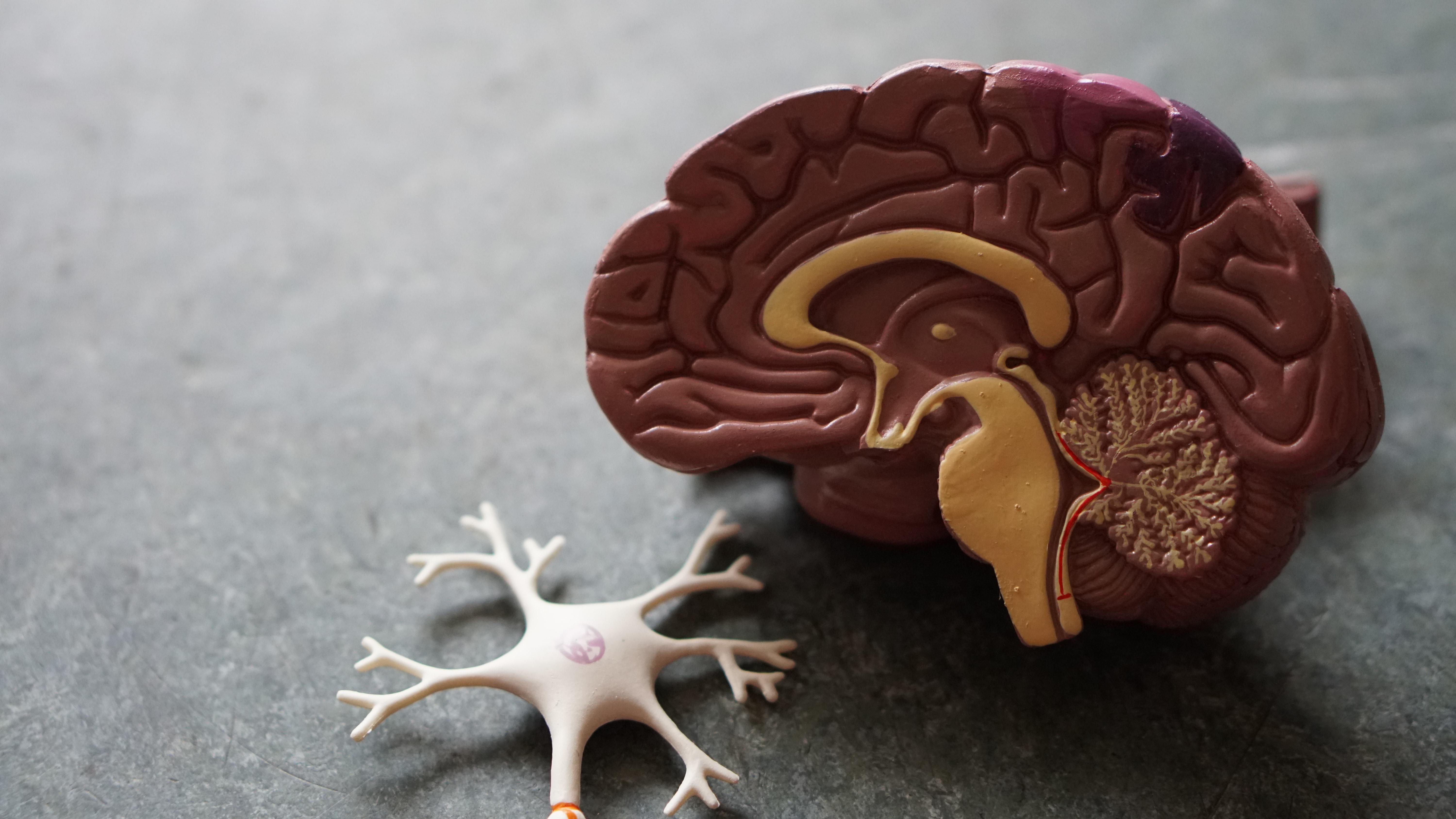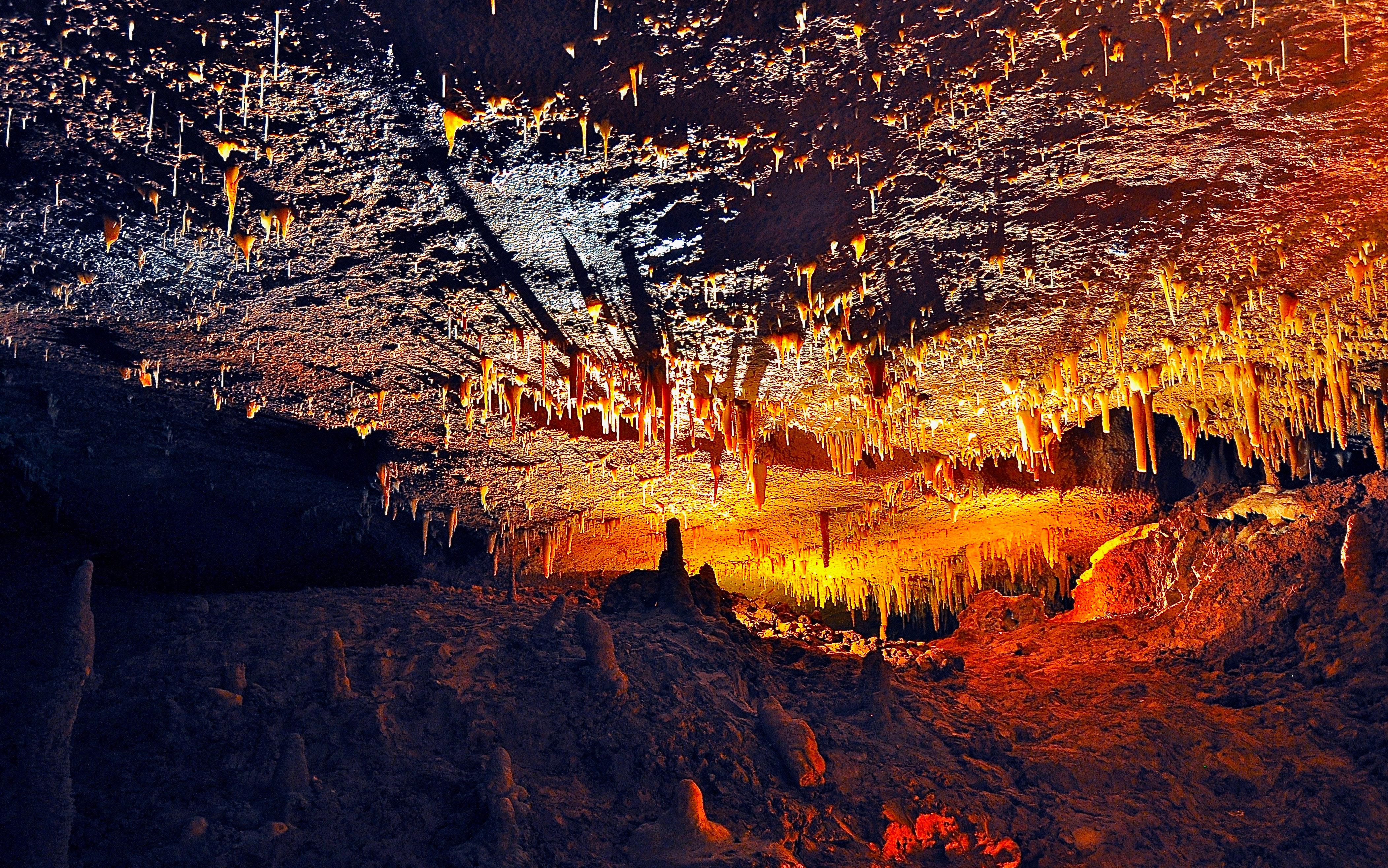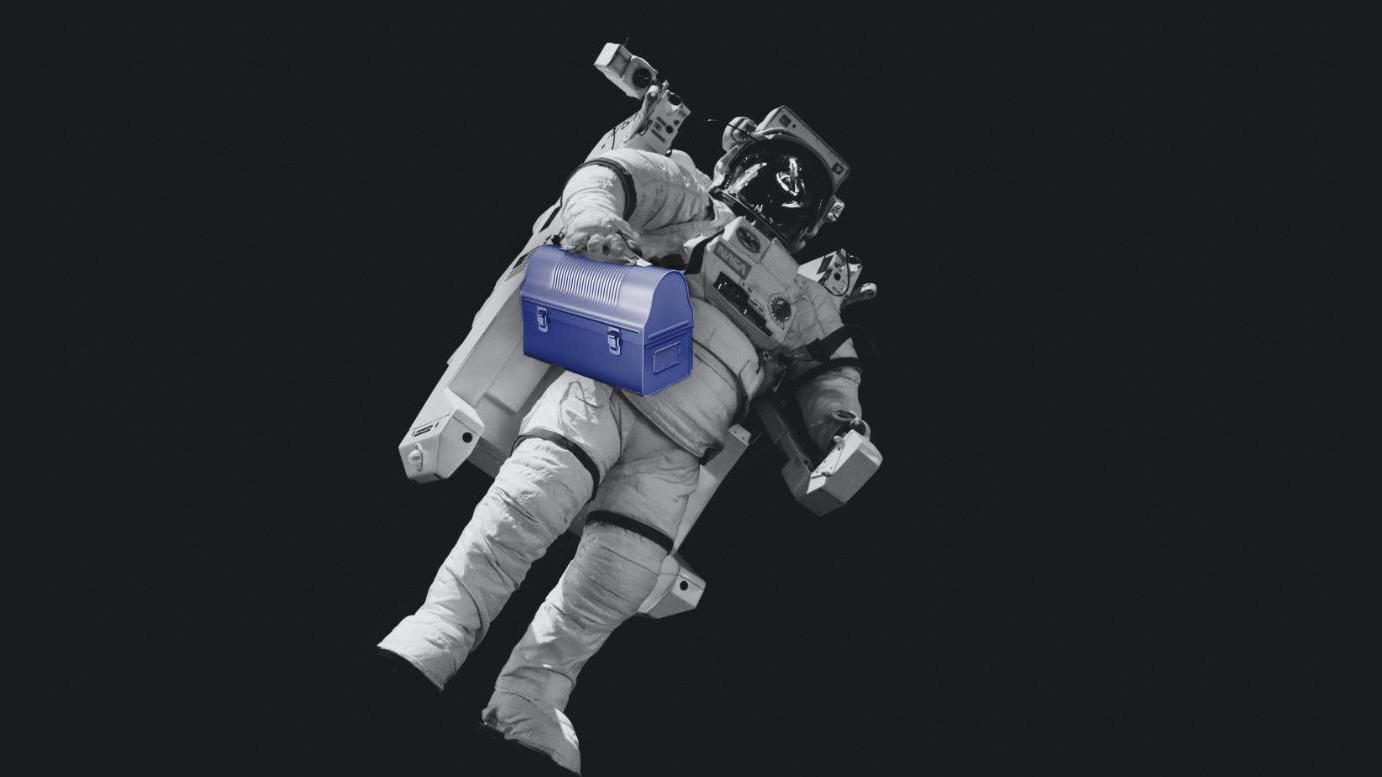chemistry
Put two grapes close together in a microwave and you’ll get an electrifying result, all because of the physics of plasmas.
Asymmetric organocatalysis is an environmentally friendly way of accelerating chemical reactions and creating specific types of molecules.
Without Benjamin List and David MacMillan, chemists would still be using metals and enzymes to catalyze chemical reactions.
From wearable electronics to microscopic sensors to telemedicine, new advances like graphene and supercapacitors are bringing “impossible” electronics to life.
Scientists track down a puzzling early burst of oxygen on Earth.
Scientists look to erupted sea glass — lava that erupted in the ocean and was instantly chilled by the surrounding water — to take Earth’s temperature.
Scientists do not know what is causing the overabundance of the gas.
Strange underwater icicles form in the Earth’s coldest regions and freeze living organisms in place.
A new study reveals what caused most life on Earth to die out during the end-Permian extinction, also known as the Great Dying.
Laughing gas may be far more effective for some than antidepressants.
Israeli food-tech company DouxMatok (Hebrew for “double sweet”) has created a sugary product that uses 40 percent less actual sugar yet still tastes sweet.
Participants were asked to complete a simple attention task as well as a more challenging “placekeeping” task.
A lithium imbalance appears linked to suicide.
Want to live 100+ years? You may need unusually good DNA repair.
A team of scientists managed to install onto a smartphone a spectrometer that’s capable of identifying specific molecules — with cheap parts you can buy online.
Oxygen is thought to be a biomarker for extraterrestrial life, but there are at least three different ways that a lifeless planet can produce it.
A new study provides a possible scientific explanation for the existence of stories about ancient saints performing miracles with water.
The retraction crisis has morphed into a citation crisis.
A new study makes a compelling case for the origin of unexplained masses of underground rock causing changes to the Earth’s magnetic field.
How do you get usable phosphorus into a system? A new study suggests lightning can do the trick.
Scientists use high resolution microscopy and computer simulations to create first ever video of DNA movements.
A study says nature’s candy can be a valuable supplement to sunblock.
A study of europium crystals shows the planet was mostly flat during its middle ages.
How do these little beasties detect light anyway?
Meet a spectacular new blue—the first inorganic new blue in some time.
The main bioactive compound in catnip seems to protect cats from mosquitoes. It might protect humans, too.
Scientists use new methods to discover what’s inside drug containers used by ancient Mayan people.
Archaeologists discover a cave painting of a wild pig that is now the world’s oldest dated work of representational art.
A fairly old idea, but a really good one, is about to hit the store shelves.
